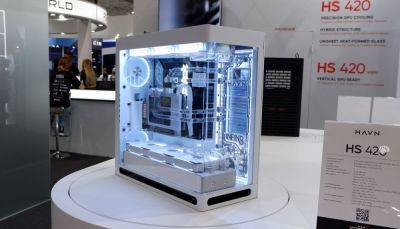A new brain-computer interface from the co-founder of Neuralink has quadrupled the neural resolution of Musk's device to 4,096 non-invasive brain electrodes
Precision Neuroscience, a specialist in brain-computer interfaces, has laid claim to a new record for the number of surgically-inserted electrodes in a human brain. At 4,096 electrodes, Precision reckons it has doubled the previously published figure of 2,048 set last year by a group of researchers headed up by Hao Tan.
For context, Elon Musk's Neuralink currently tops out at 1,024 electrodes for its brain-computer interface (BCI). Is electrode count the be all and end all for BCIs? Colour us clueless, for we have no idea. But it certainly get you bragging rights.
Whatever, much like other BCI outfits Precision Neuroscience aims to restore functions, «such as speech and movement to millions of severely paralysed people.»
As it happens, Precision Neuroscience was co-founded by neurosurgeon Ben Rapoport, previously a co-founder of Neuralink. Several other senior Precision Neuroscience are also Neuralink alumini.
Where Precision Neuroscience seemingly departs from Neuralink is its attitude to invasiveness. «We believe that it’s possible to interface with the brain without damaging the brain,» Rapoport says.
Notably, he has reportedly also discussed how his concerns over safety and the invasiveness of implants contributed to his departure from Neuralink (via Ars Technica).
Anyway, to set the new record Precision Neuroscience surgically implanted four of its latest Layer 7 Cortical Interface thin-film microelectrode arrays, each containing 1,024 miniature electrodes into an an unnamed subject's brain during surgery for a benign brain tumour in April.
Keep up to date with the most important stories and the best deals, as picked by the PC Gamer team.
Precision says that its thin-film microelectrode array is engineered to conform to the brain's cortex without damaging tissue. Thousands of channels can be delivered anywhere on the brain's surface using its patented, minimally invasive insertion method.
As for how it works, when the brain processes information or initiates







